The spectre of Toyota’s manufacturing leaving the UK if the government includes hybrids in its ICE car ban has been raised again.
The Japanese firm has long been unhappy with the speed at which the UK is ending the sale of new ICE cars, starting in 2030 for non-electrified cars with a further further five years grace period for some hybrids.

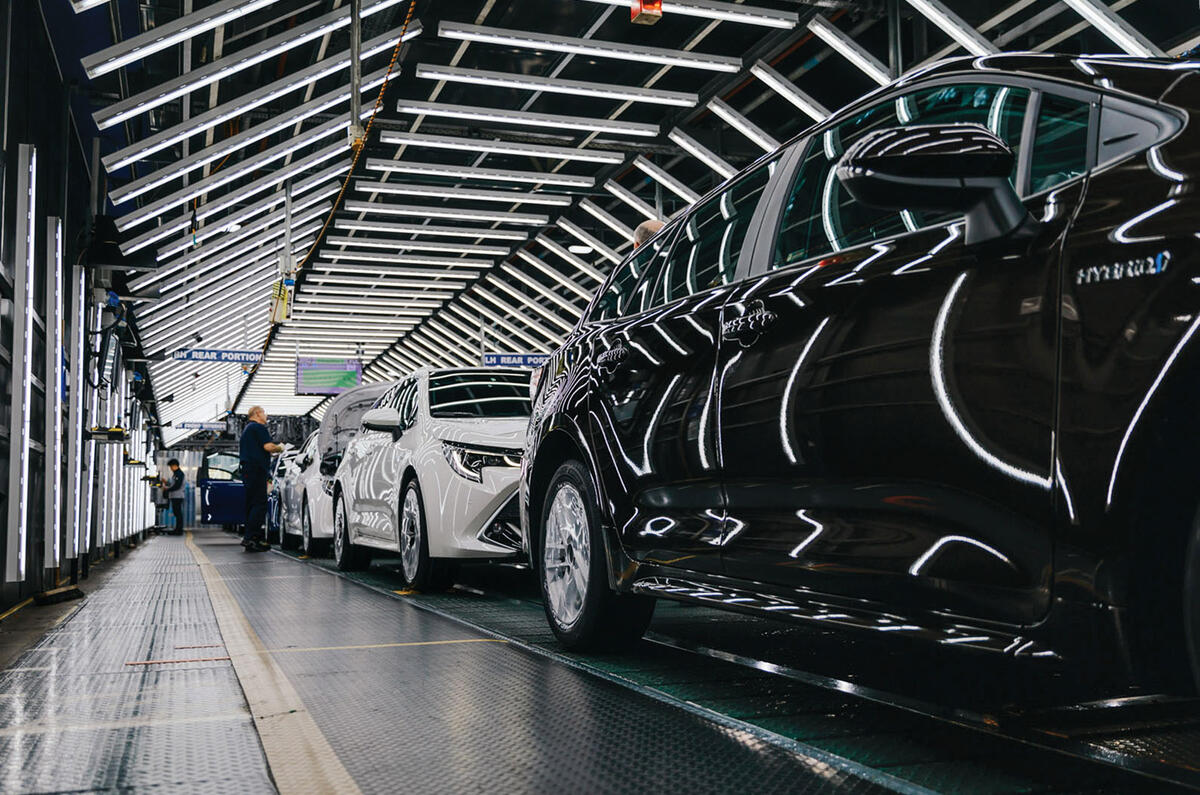
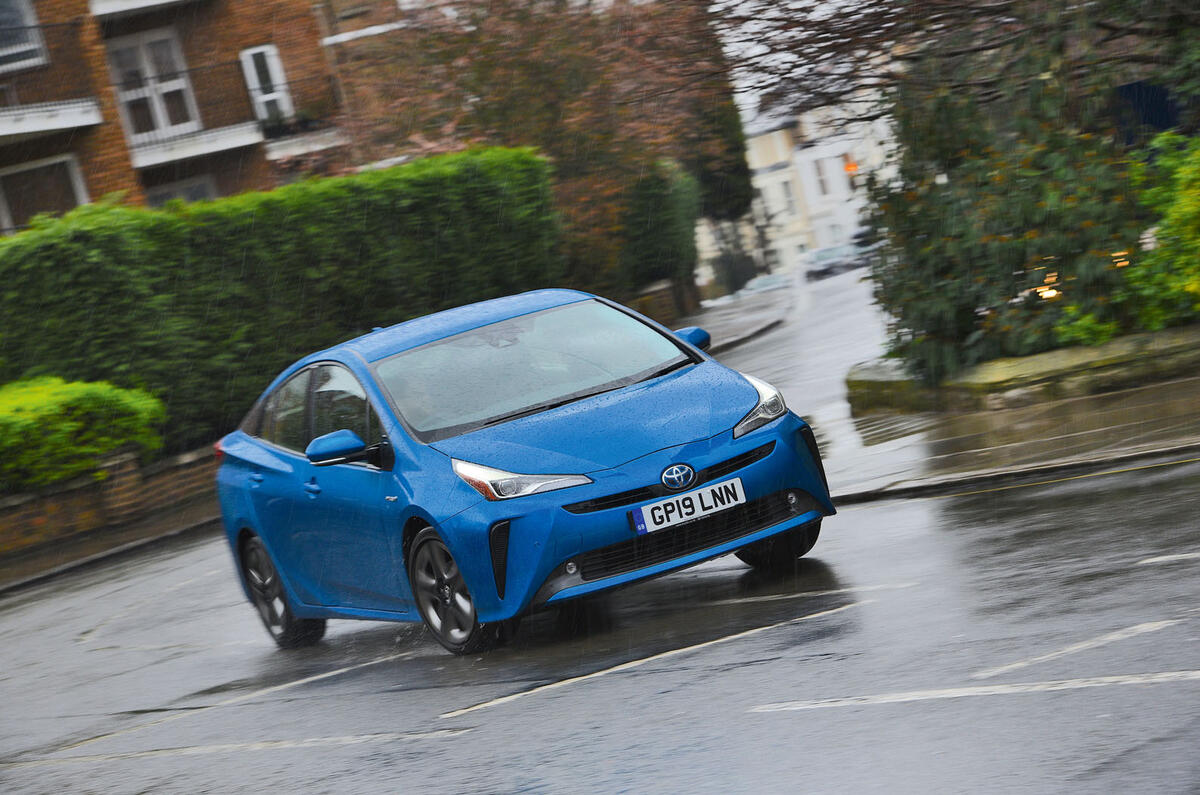
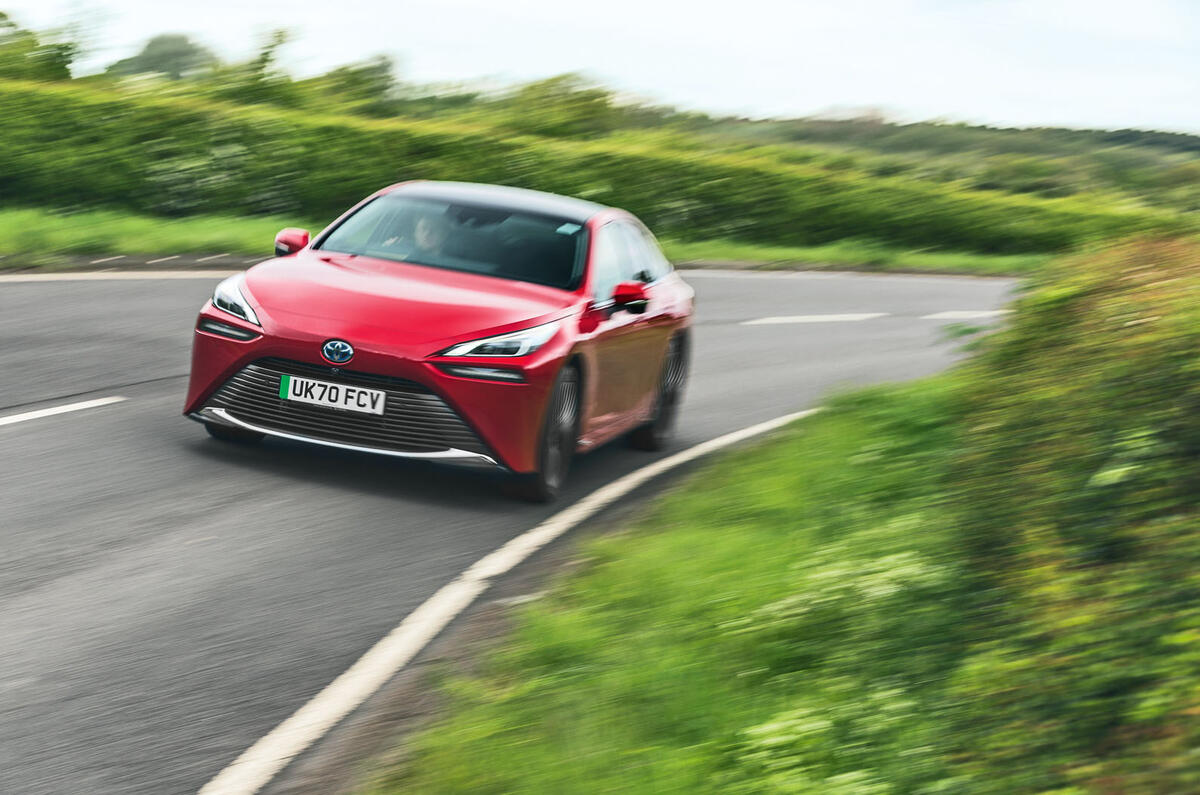
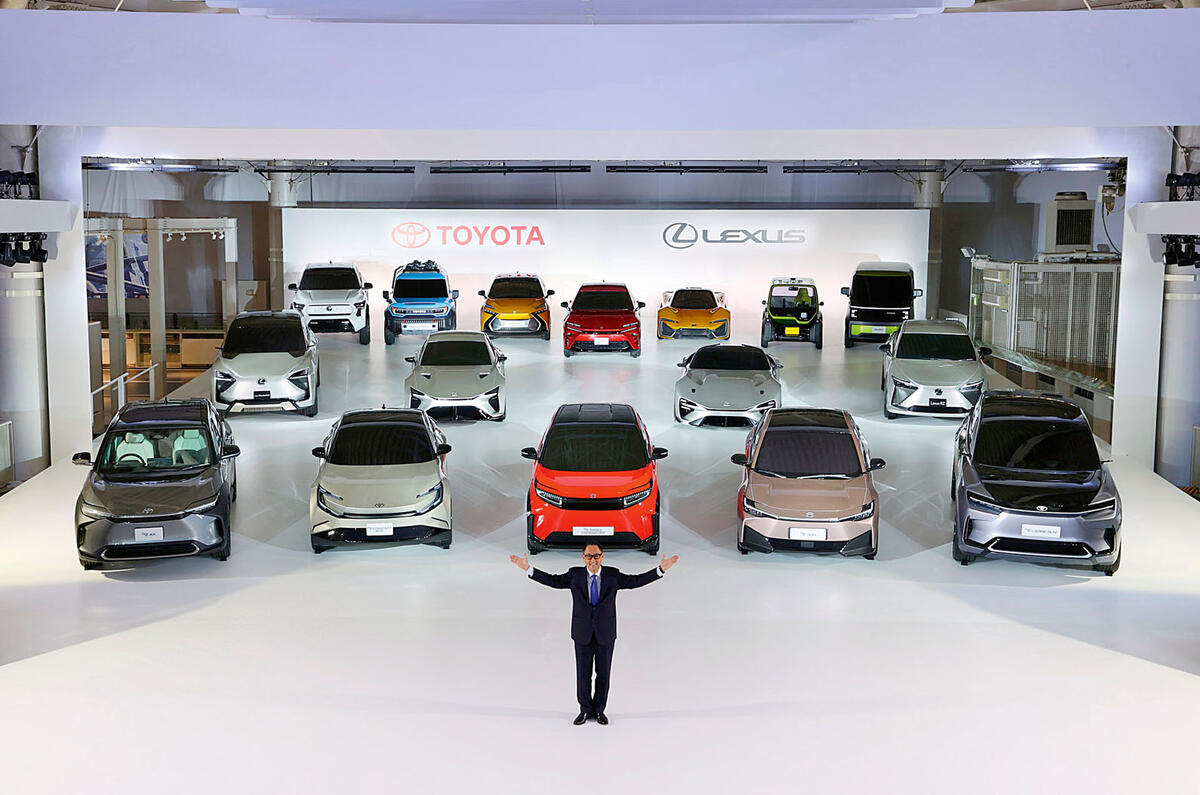
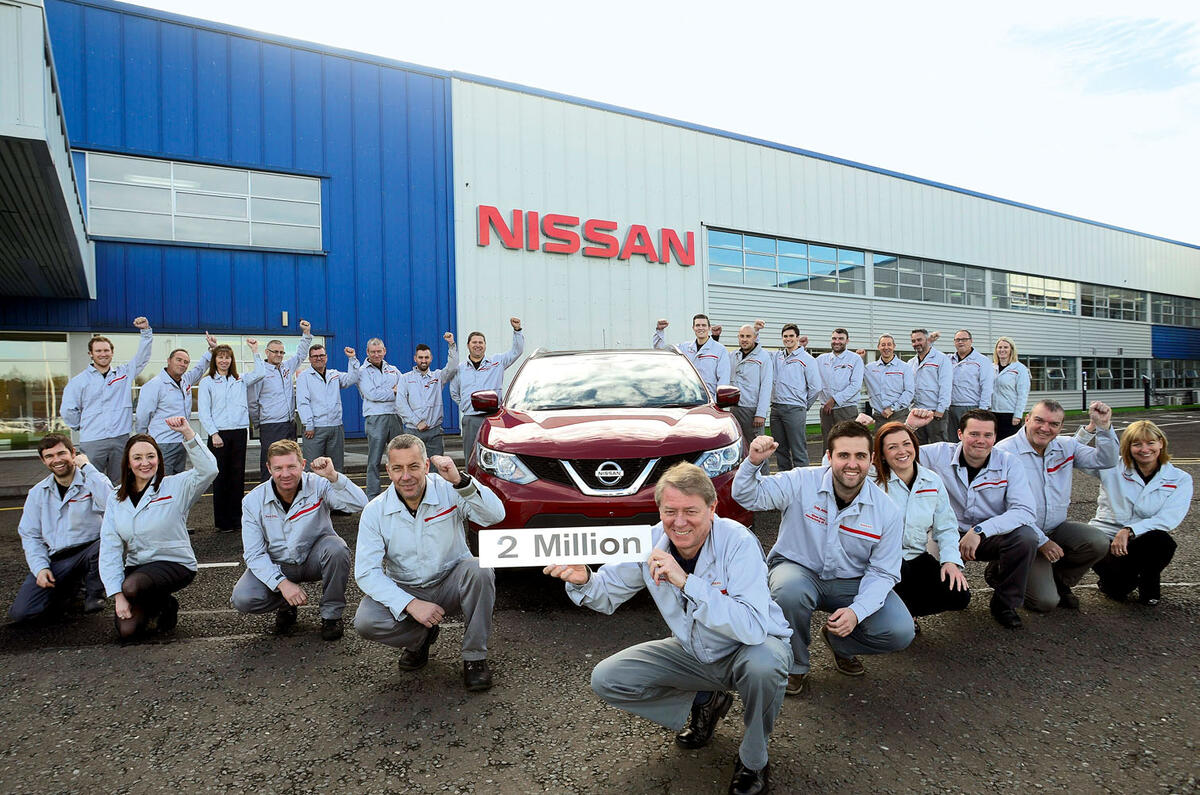
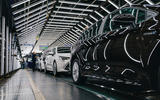
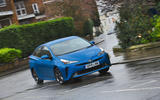
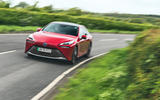




Add your comment